How Is Marine Glass Different From Auto Glass in Terms of Strength and Flexibility?
Highlights:
- Marine glass is engineered for wave loads, water pressure, and corrosion; auto glass prioritizes crash safety, optics, and airbag support.
- Standards differ: small-craft windows are tested for watertightness and hull location; vehicles follow crash-and-visibility rules.
- Framing and installation methods change how “stiff” or “flexible” a glazing system behaves in service.
- Salt, UV, and thermal cycling push marine glazings toward thicker laminates, robust seals, and corrosion-resistant frames.
- For service in Castle Rock, WA, 877 Glas Guy can advise when tempered, laminated, or specialty plastics make sense.
Understanding the Core Difference: Loads and Failure Modes
Marine and automotive glazings face very different threats. Automotive glass must survive high-speed debris impacts, protect occupants in crashes, and maintain crystal-clear optics across a curved surface. Marine windows, portlights, and windshields contend with wave slams, hull racking, and relentless water pressure that can try to lift or push panes out of their frames. These distinct load cases drive different choices in thickness, interlayer type, edge support, and sealant chemistry. In short, auto glass is optimized around crash energy and visibility, while marine glass is optimized around structural containment, watertightness, and long-term environmental abuse.
Strength vs. Flexibility: What Those Words Mean Afloat and on the Road
“Strength” usually refers to resistance to fracture or permanent deformation; “flexibility” to how much a glazing and its frame can deflect without failing. Auto windshields use laminated glass that can flex enough to absorb small impacts while keeping shards bonded, supporting airbags and occupant retention. In boats, controlled flexibility often comes from the frame and seal system rather than the pane itself; too much pane deflection can break seal adhesion or compromise watertightness. That’s why marine designs emphasize pane thickness, robust frames, and gasket compression that tolerate hull twist without letting water in.
Material Choices: Laminated, Tempered, and Plastics
Both industries use laminated and tempered glass—but with different emphases. Auto windshields are almost universally laminated for crack containment and optical quality, while side and rear windows are often tempered to shatter safely. Marine windows may be laminated for impact and containment, tempered for scratch resistance and clarity, or replaced with polycarbonate/acrylic where weight and extreme impact resistance matter. Plastics flex more without breaking, but scratch more easily and can creep under load if frames aren’t designed correctly. The “best” choice depends on speed, sea state, pane size, and whether the location must remain watertight when flexing.
What the Auto Rules Require
Automotive glazing in the United States is governed by Federal Motor Vehicle Safety Standard (FMVSS) No. 205, which sets performance and location requirements for transparency, impact behavior, and occupant protection. It also incorporates ANSI Z26.1 tests for things like abrasion and fracture characteristics. According to NHTSA, FMVSS 205’s purpose is to reduce injuries from glazing impact, preserve driver visibility, and minimize ejection risk in collisions.
What the Marine Rules Emphasize
Small-craft windows, portlights, hatches, and doors are engineered and tested based on their location and the boat’s design category (how and where it will operate). According to ISO 12216, marine openings must meet technical strength and watertightness requirements tied to hull length and exposure, with test loads applied to ensure the assembly—pane, frame, and seals—resists water pressure and mechanical loads without leakage or failure.
FAQ
Why can’t I just use “automotive-grade” tempered glass in a boat?
You could meet fracture-safety goals but miss watertightness, frame compatibility, and location-specific load requirements that marine standards demand.
Is laminated glass always stronger than tempered?
Laminated isn’t necessarily “stronger,” but it contains fragments and can keep an opening sealed after impact—crucial for marine safety.
Do curved marine windshields change flexibility?
Yes. Curvature stiffens panes against bending; designers balance curvature, thickness, and framing to control deflection under wave and wind loads.
Frames, Seals, and System Flexibility
Glass rarely works alone. In marine use, the frame and gasket system add “controlled flexibility,” letting the hull rack and the pane deflect modestly without popping a seal. Automotive glass is often bonded directly to the body with urethanes that create structural contributions to crash performance and cabin stiffness. Boats typically rely on mechanical frames (anodized aluminum or stainless) with compressible seals that maintain pressure across temperature swings and wave impacts. The result: a marine “glazing system” is tuned to flex a little and stay watertight; an auto system is tuned to stay rigid and crashworthy.
Environment: Salt, UV, and Thermal Cycling
Salt spray drives pitting and crevice corrosion in frames and hardware, while UV radiation can embrittle some interlayers and plastics over years. Thermal cycling—especially in clear, dark-framed pilothouse windows—pushes edges to expand and contract, testing seal bonds. Marine solutions counter with thicker interlayers, UV-stable plastics or coatings, and marine-grade alloys or composites. By contrast, automotive exposure is intense but intermittent: rain, windshield wipers, road grit, and defrost cycles rather than continuous immersion and salt. That’s why marine windows prioritize seal durability and corrosion resistance alongside pane strength.
Thickness and Deflection Limits
For a given panel size, deflection scales quickly with load. Marine designers bump thickness and adjust span with mullions to keep deflection within limits that protect seal compression and visibility. Small increases in thickness can dramatically reduce mid-span bending. Auto glazing is optimized for weight, crash performance, and optical quality; deflection limits are tied to wiper performance and optical distortion standards rather than watertightness. Practically, a large pilothouse window may be significantly thicker than an automotive windshield of similar area, not just for impact resistance but to limit flex that could pump water past seals.
FAQ
Is polycarbonate better than glass for boats?
It’s tougher and more flexible, great for impact, but scratches more easily and needs coatings. Frames must prevent long-term creep.
Why do some boats fog around edges?
Edge fog can signal moisture infiltration or interlayer breakdown; marine-grade edges and sealants help resist this over time.
Can car-style adhesive bonding work on boats?
It can in specific designs, but most small craft still favor framed systems that maintain gasket compression through hull movement.
Installation Practices and Serviceability
Automotive replacements assume precise body apertures and fast cure structural urethanes; vehicles leave the shop within hours. Marine installations often involve custom frames, shims, and bedding compounds, with torque sequences that protect seal compression and pane alignment. Serviceability matters offshore: screws and mechanical clamps allow controlled re-bedding without disturbing large bonded areas. In coastal environments like Castle Rock, WA waterways, careful seal selection and frame prep extend life. This is where a specialist such as 877 Glas Guy can advise on materials and methods that balance strength, flexibility, clarity, and maintainability for your specific vessel.
Standards Landscape for Marine Openings
Beyond ISO, many builders follow American Boat & Yacht Council guidance for exterior windows and windshields to harmonize design details (edge clearances, fasteners, sealants) with real-world marine loads. According to the American Boat & Yacht Council (ABYC), committees maintain standards addressing “Exterior Windows, Windshields, Hatches, Doors, Portlights, and Glazing,” which boatbuilders use alongside applicable regulations.
Choosing the Right Glazing for Your Use Case
Start with use profile: speed, sea state, and location of the opening relative to spray and boarding seas. Then pick material: tempered for scratch resistance and crisp optics, laminated for containment and security, plastics for weight savings and high-energy impact. Finally, engineer the system: frame stiffness, gasket compression, fastener spacing, and maintenance access. For trailered fishing boats, tempered or laminated glass with robust frames may be ideal; for patrol or high-speed craft, coated polycarbonate with laminated windscreens can pair impact toughness with visibility and redundancy.
FAQ
How do I know if my marine glass is “too flexible”?
Watch for seal gaps, water trails, or unusual bowing under modest waves; those suggest re-torque or reseal is needed.
Can I upgrade thickness without changing frames?
Sometimes—but added thickness changes fit and gasket compression; consult a marine glazing specialist before ordering.
Will automotive ceramic tints work on boats?
Many do, but verify marine compatibility for salt, UV, and cleaning solvents, and ensure visibility and night-navigation needs are met.
Bringing It All Together
Auto and marine glazings share materials but diverge in what they’re built to survive. Vehicles prioritize crash energy, optics, and airbag support under FMVSS 205; boats prioritize watertightness, frame integrity, and environmental endurance under marine standards like ISO 12216, often guided by ABYC practices. When strength and flexibility are tuned to the right loads—and installed in frames that manage deflection—you get clear sightlines and durable safety. For boaters in and around Castle Rock, WA, partnering with 877 Glas Guy ensures your glass choice suits your waters, vessel, and maintenance plan.
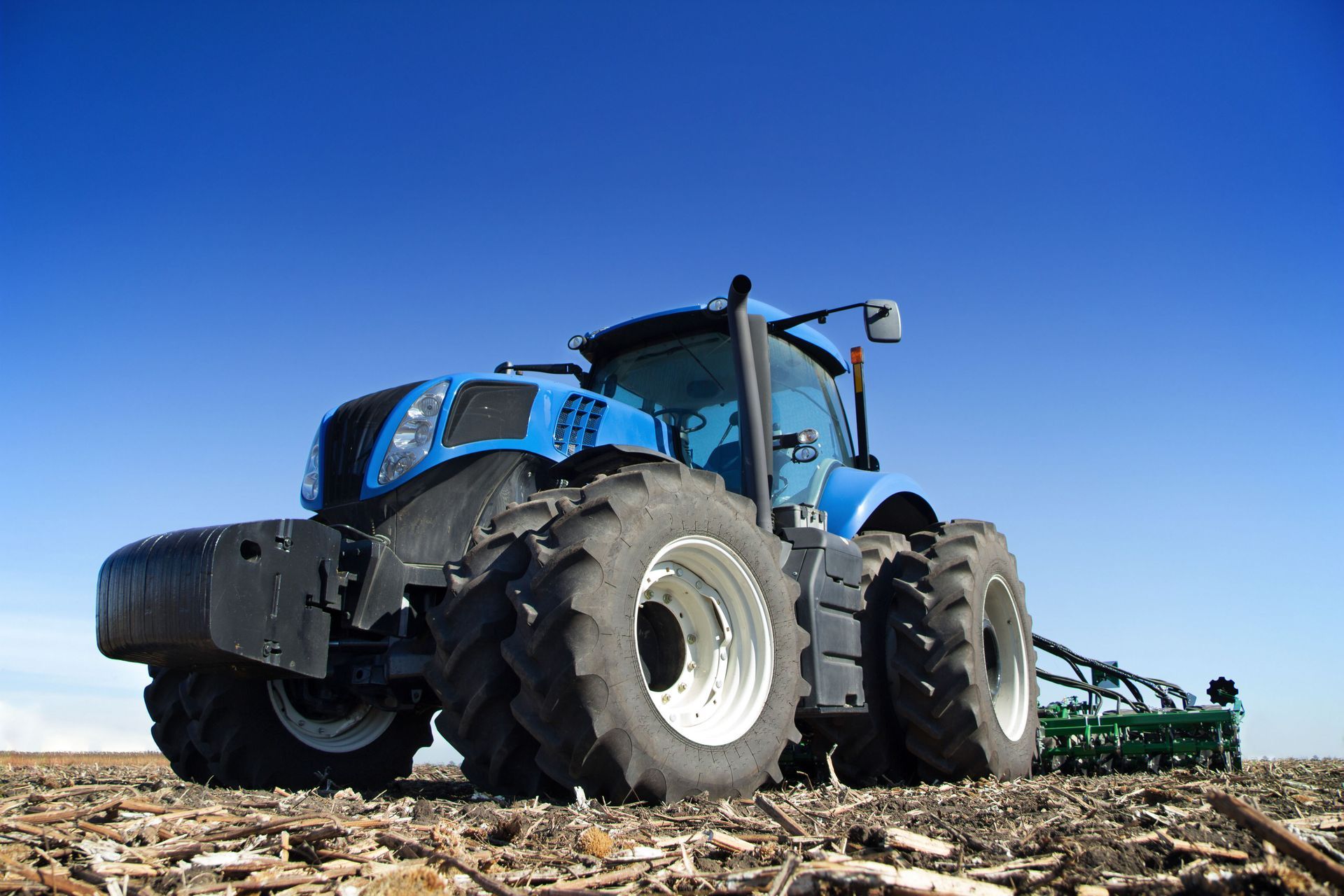
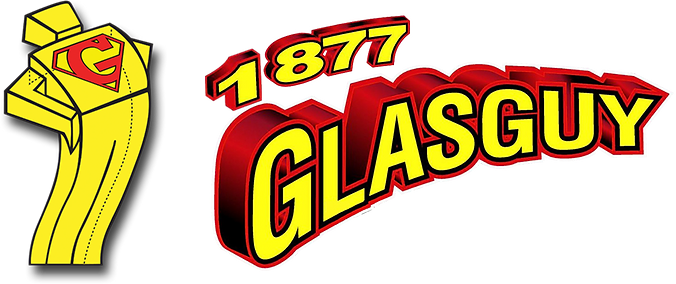
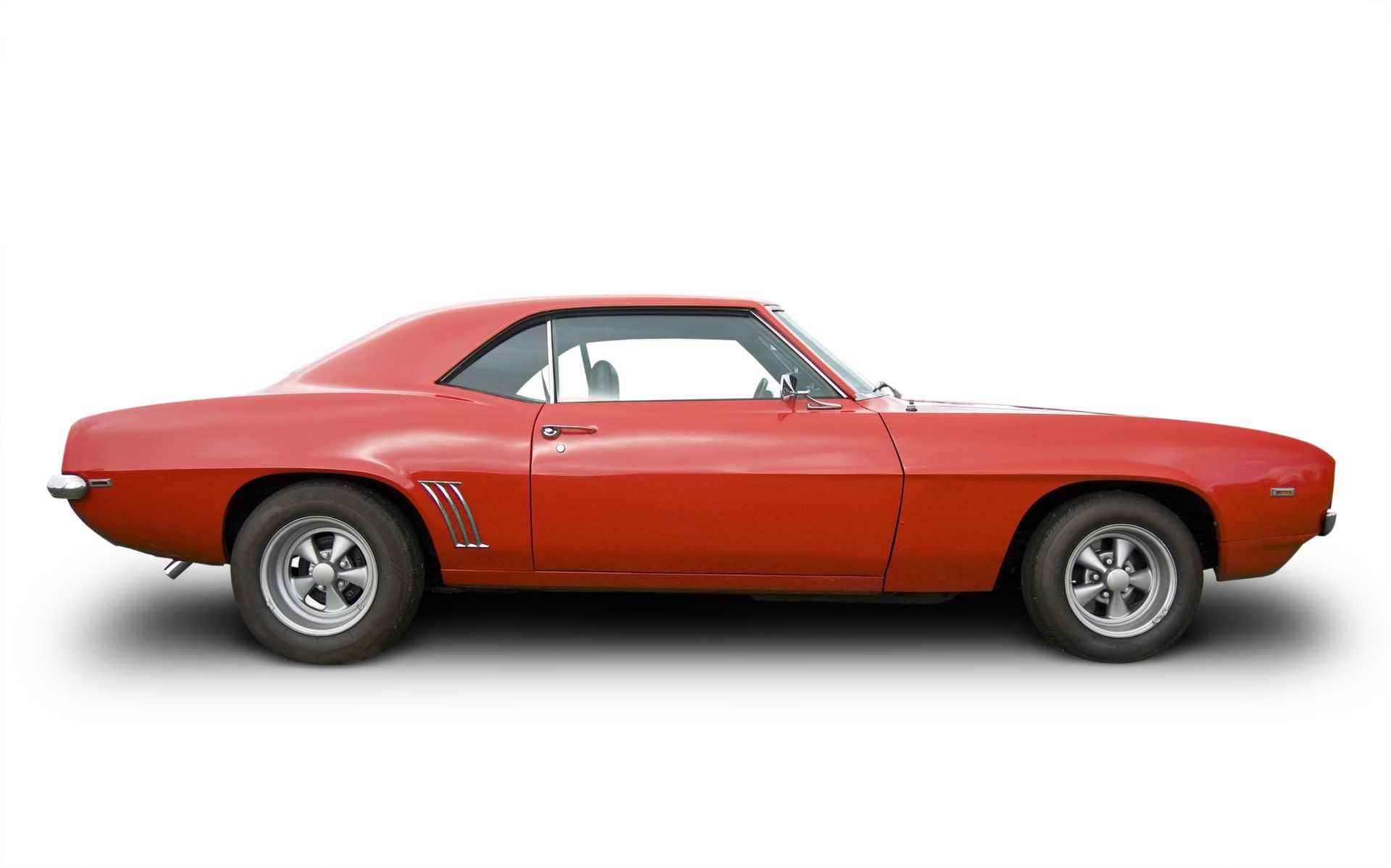
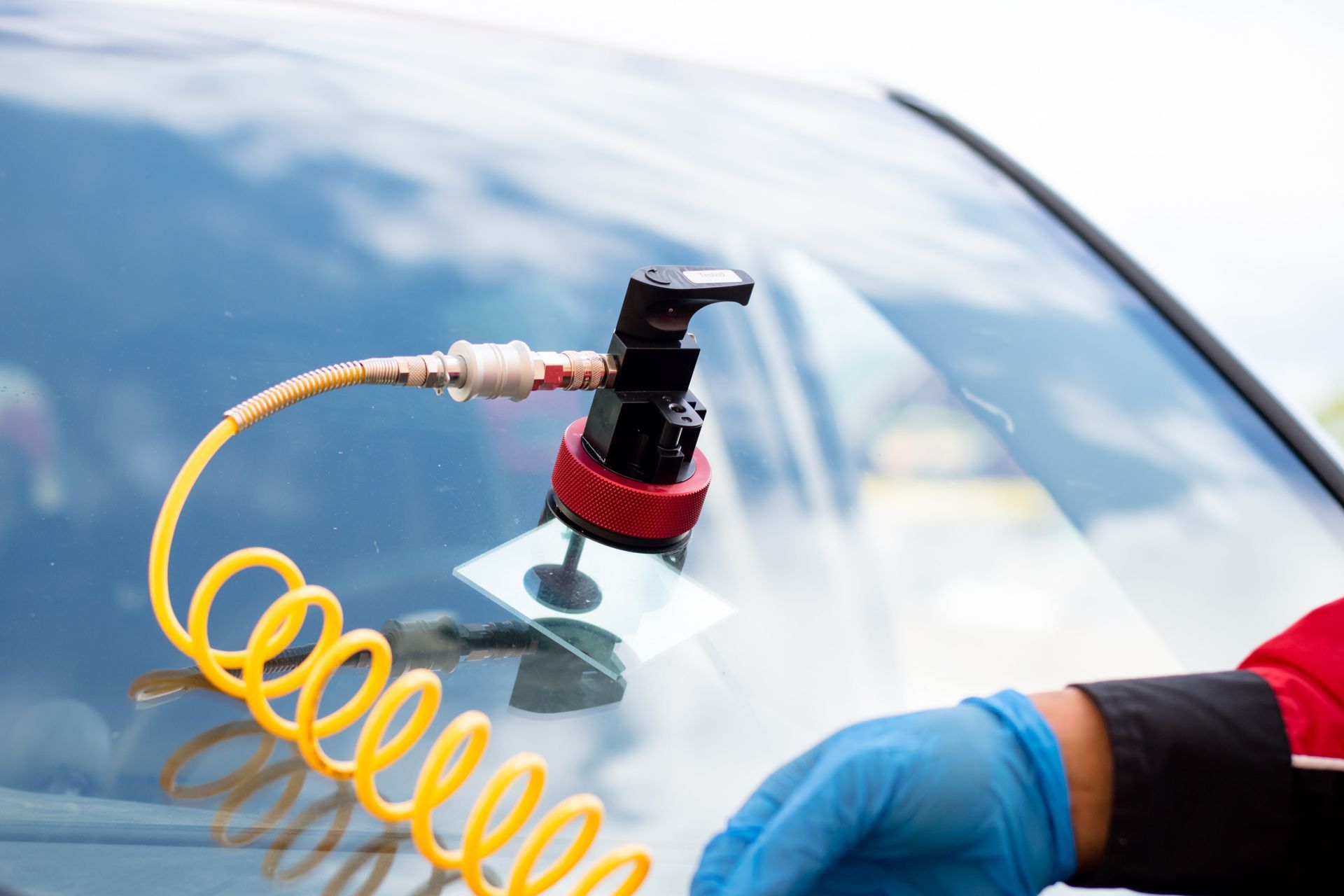
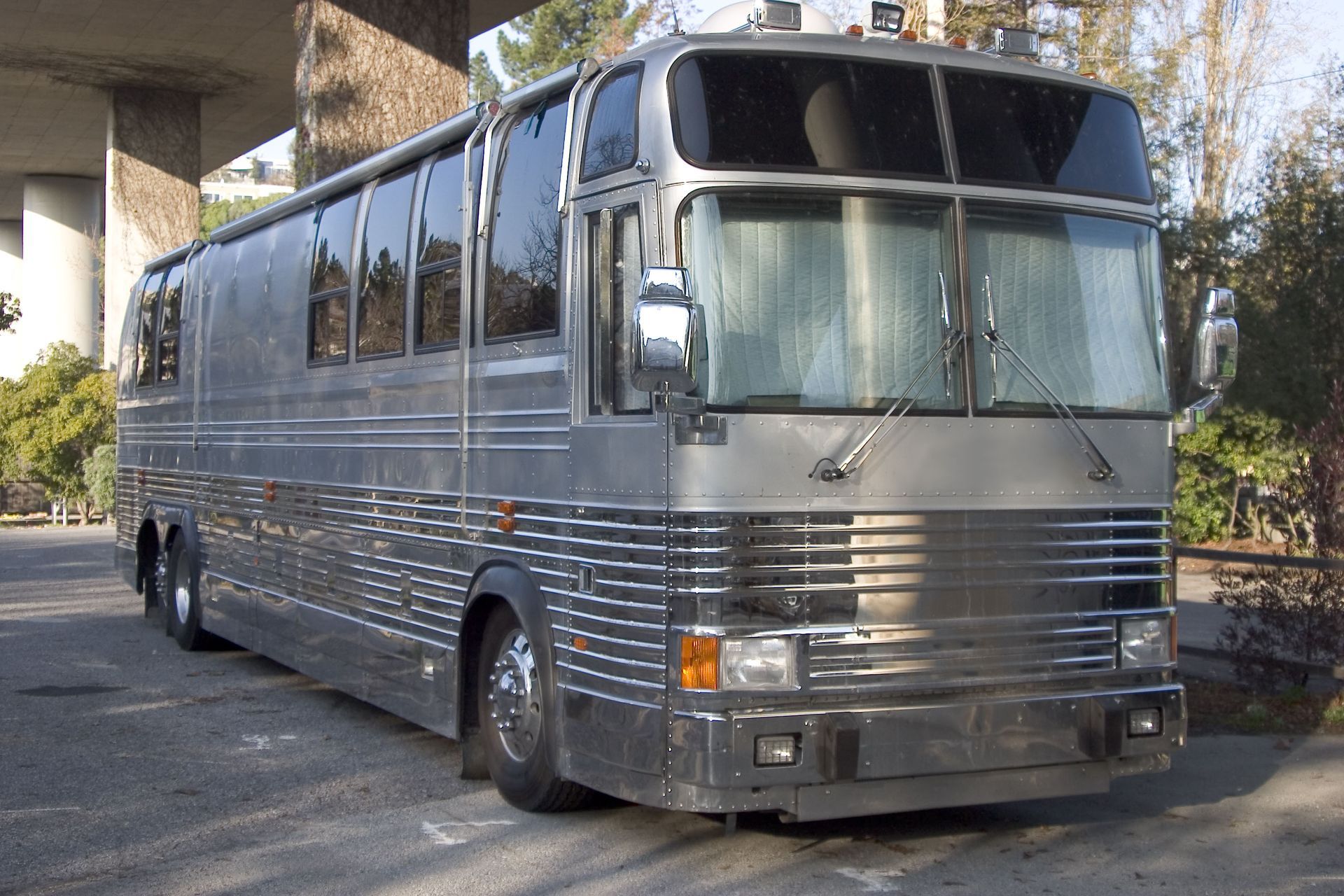
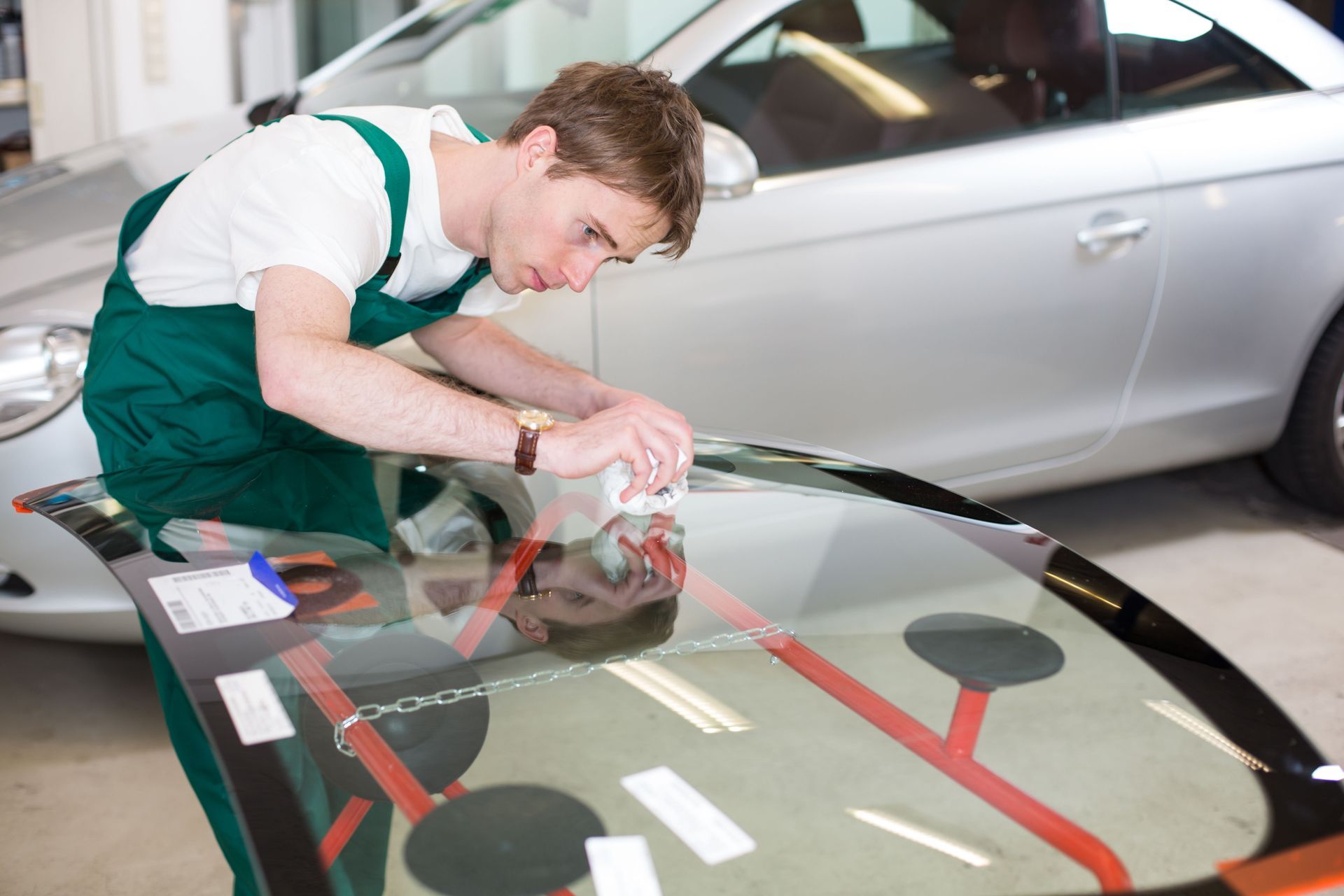
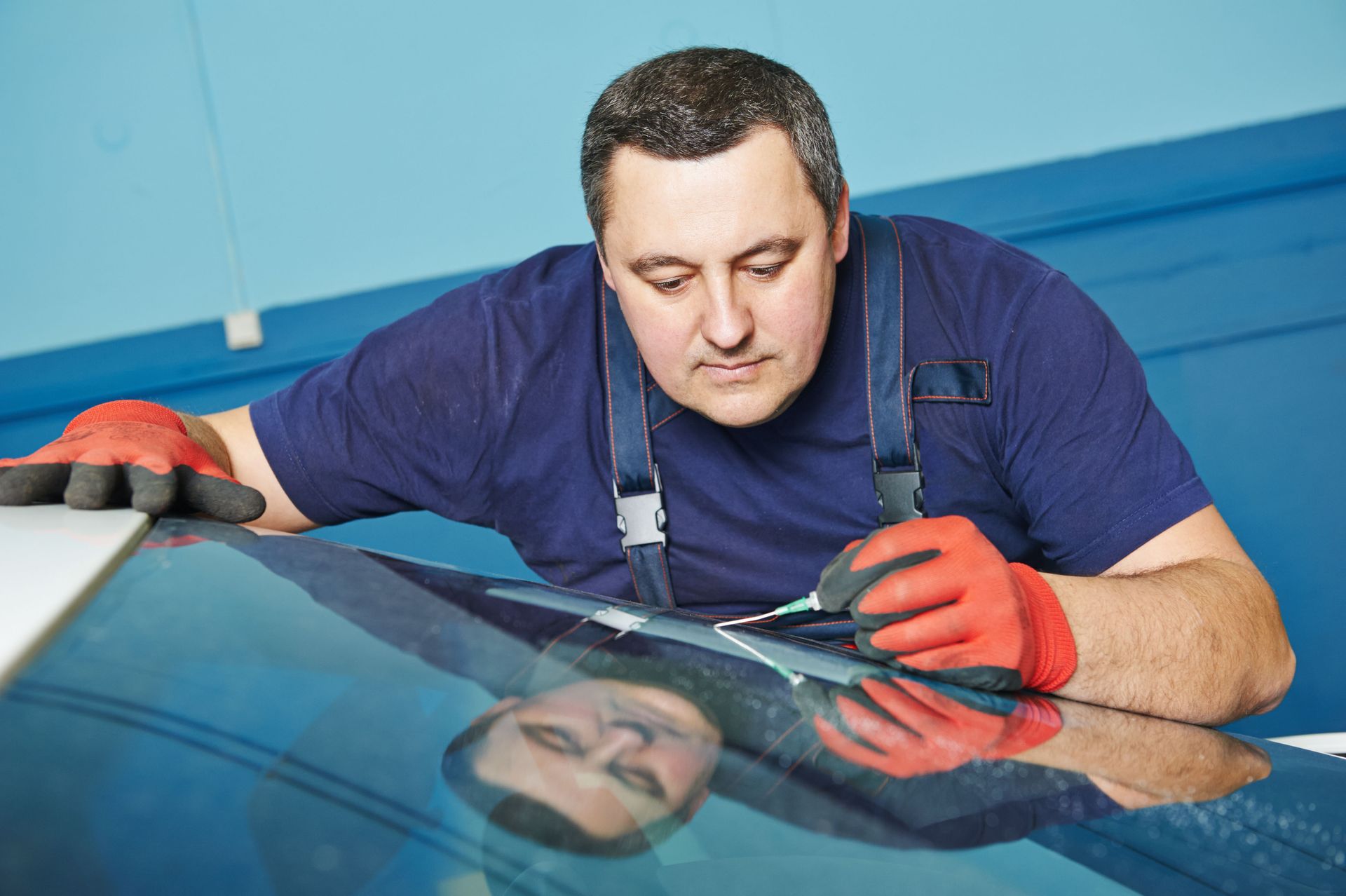
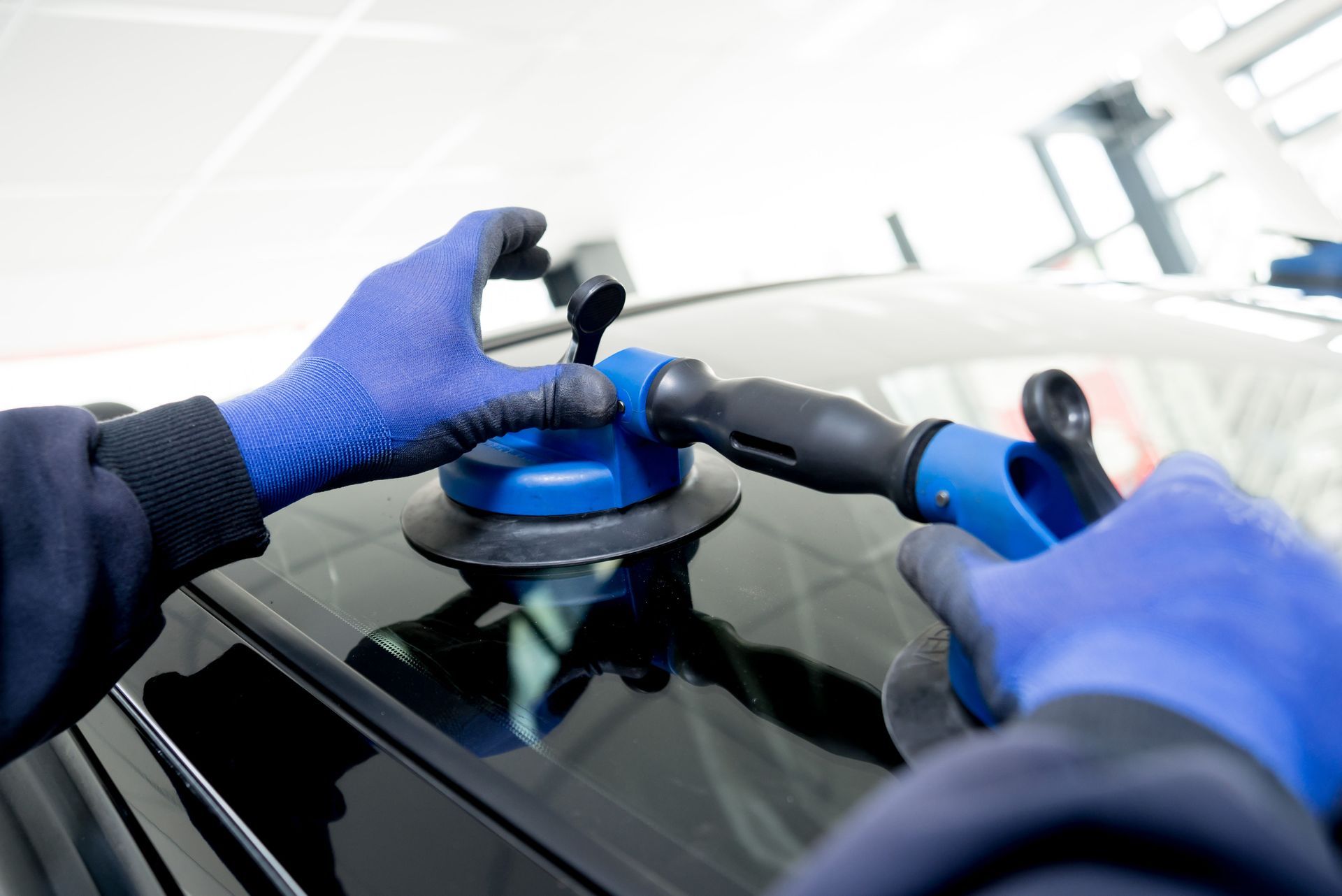
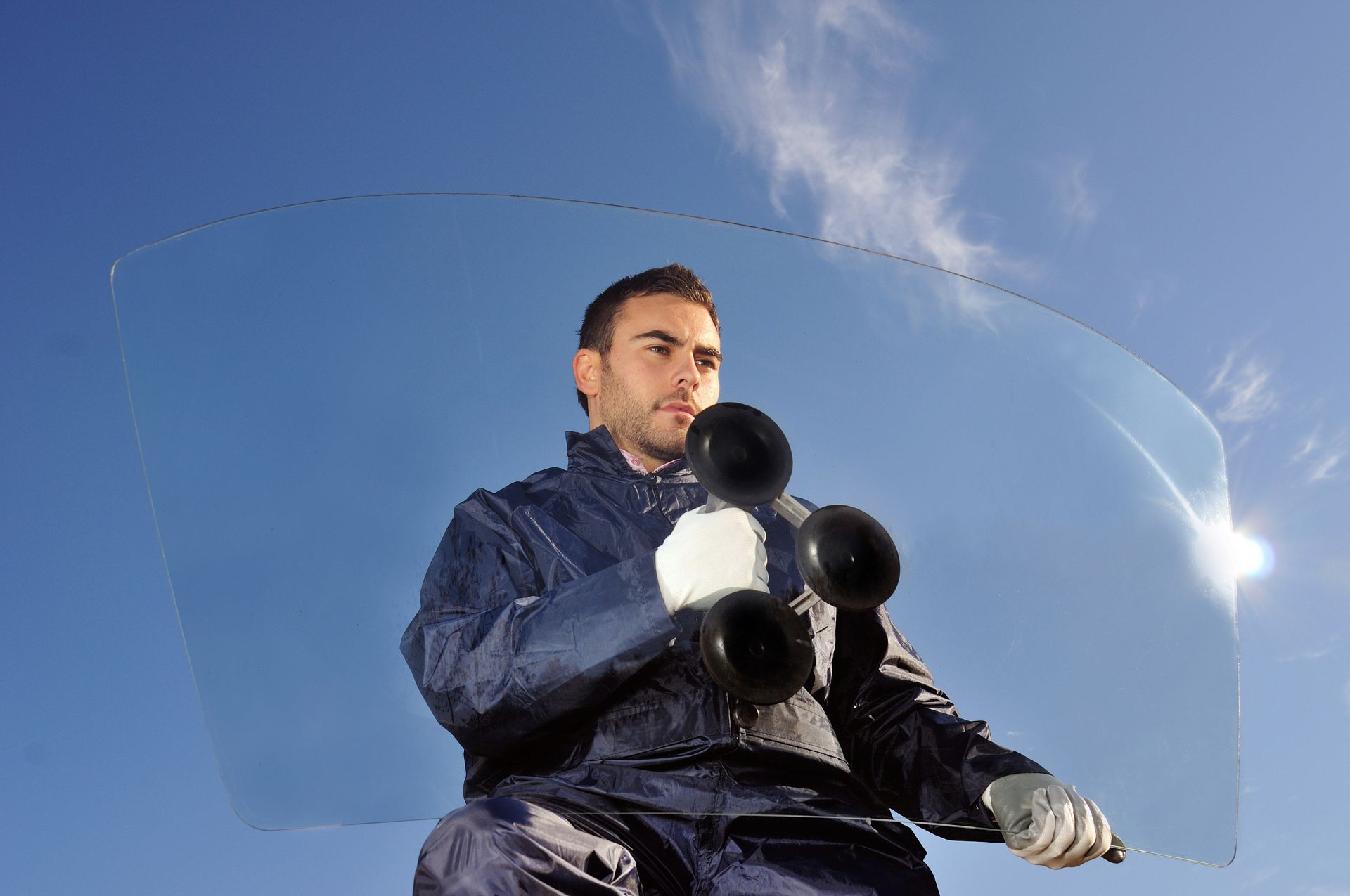


Share On: